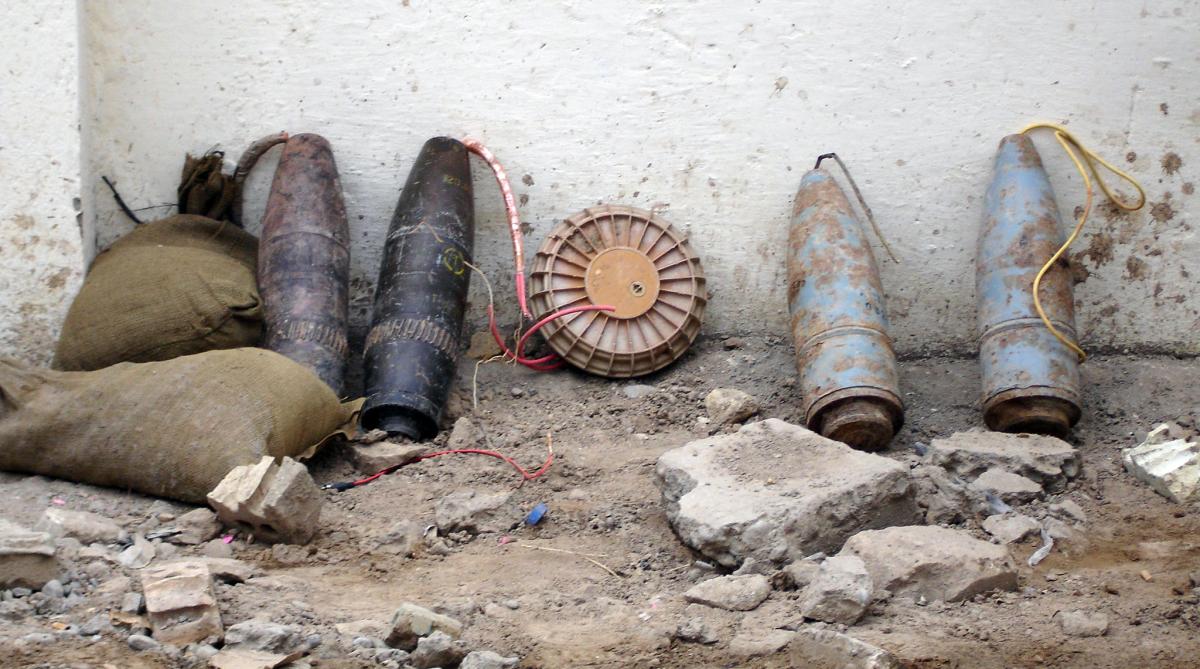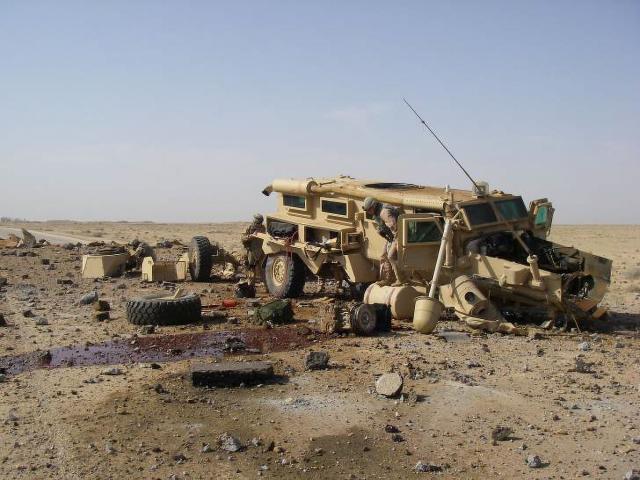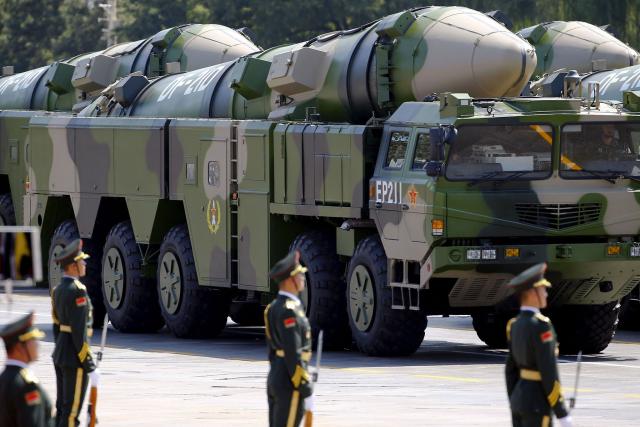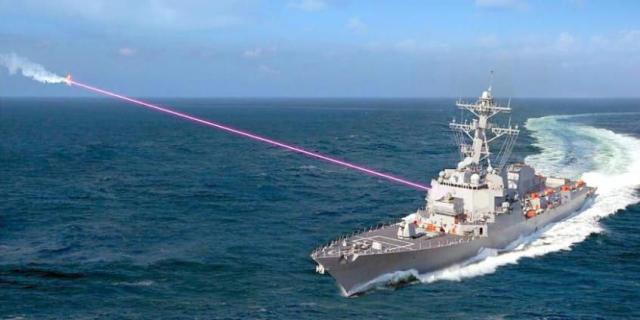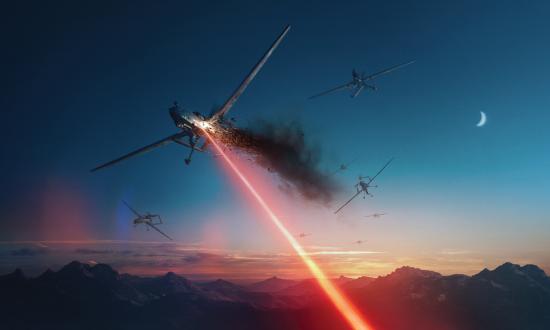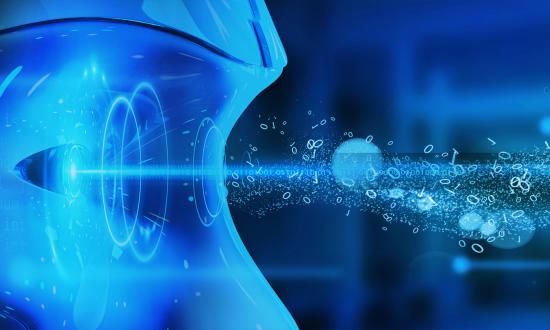Consider three questions. First, while the U.S. military prides itself on being a perpetual learning machine, why are its strategy and force structure still very much rooted in industrial-age legacy systems? Second, if one side imposes more than fifteen times the casualties on the enemy than it suffers and destroys 8 to 10 times as many enemy aircraft as it loses, who wins? Third, in Operations Iraqi Freedom and Enduring Freedom, how much money did the U.S. military spend on countering improvised explosive devices (IEDs) and how much did those IEDs cost the enemy?
The cost-exchange ratio is one means of answering these questions. All war is asymmetric, with each side seeking advantage over the other. Normally, by imposing more costs on the enemy than the enemy can endure, success or winning, however defined, can be achieved. In World War II, along with our allies, America’s arsenal of democracy produced overwhelming numbers of aircraft, tanks, ammunition, ships, weapons and other elements of war, overpowering the war machines of Nazi German and Imperial Japan.
But how relevant is the 20th-century industrial-based means of waging war today when it can take decades or more to field new weapon systems costing many tens of billions of dollars? In response to the first question regarding learning, in Korea, Vietnam, Afghanistan, and Iraq in 2003, despite new technology, the U.S. method of fighting was still rooted in the 20th-century industrial model.
Iraq. The Cougar cost about $500K per unit. The IED that destroyed it probably cost under $100.
The cost-exchange ratios in the second question describe the Vietnam War. The U.S. lost about 58,000; the North Vietnamese and Viet Cong about 1.1 million. U.S. fighters shot down many more enemy fighters than we lost. But the cost ratio favored Hanoi and the North won.* In subsequent wars in Afghanistan and Iraq, the United States spent approximately $80 billion to counter IEDs that cost al-Qaida, Iranian-backed militias, ISIS, and the Taliban a small fraction of that. What does this mean?
First, China and Russia are very aware of these statistics and have analyzed recent uses of force as much as—if not more than—the United States. Moscow has a deep appreciation for what it calls the “reconnaissance strike complex” pioneered by the United States in threatening attacks deep into the Soviet Union during the Cold War.
Second, China and Russia have moved to a 21st century information and intellectual basis for war in which non-kinetic systems for cyber, deception, misinformation, and disruption take a leading role in their warfare concepts. While China has not been at war—other than skirmishes in the Himalayas with India—since 1979 when it took a real beating from the Vietnamese, the foundations for this thinking were first expressed in 1999 in Unrestricted War written by two People’s Liberation Army (PLA) Air Force colonels.
Third, China and Russia have embraced a cost-imposing exchange ratio in strategy, operations, tactics, and weapon systems. What both perceive as “active defense” and the West calls “anti-access, area-defense” or (A2AD) is an extension of Clausewitz’ dictum that defense is three to one over offense—meaning the cost of defeating their defenses far exceeds what they cost to build.
Several examples illustrate how China and Russia are exploiting cost-exchange ratios in their favor. If conflict with either occurs, it would be an away game for United States. Hence, the U.S. military is likely to require more of everything owing to geography and the requirement to get to the fight.
Consider two weapon systems: China’s DF-21 antiship ballistic missiles and Russia’s nuclear-powered, nuclear-armed Kanyon (or Poseidon) torpedo. The costs of defending against these weapons could be untenable. The DF-21D could be destroyed on the ground or at various phases of its flight. Hitting them pre-launch would mean penetrating Chinese airspace, with its own set of escalation risks and costs. Destroying these weapons in flight would require large numbers of interceptor missiles and platforms to carry them. A U.S. carrier strike group, with all its escorts and supporting units, costs $25-$30 billion. A salvo of DF-21Ds would likely cost a few million dollars. Hence, the cost-exchange ratio greatly favors China.
The analysis of the Russian Kanyon/Poseidon torpedo versus U.S. defenses yields a similar cost ratio. As Beijing and Moscow field hypersonic weapon systems the problem will worsen.
The Pentagon has moved to invest in new weapons systems. The first is directed-energy weapons, including high-powered lasers and microwave systems, with nearly limitless capacity provided sufficient electrical power and cooling capacity. The Navy’s move to install HELIOS laser systems on destroyers now, while developing more powerful lasers in the medium term, could change the cost-exchange ratio. Second is dispersion and deception tactics that would complicate an adversary’s targeting problem. In this realm, the Department of the Navy has been moving ahead with the Navy’s Distributed Maritime Operations concept and the Marine Corps’ Expeditionary Advanced Base Operations.
the cost-exchange ratio for the U.S. military. (Lockheed-Martin)
But given the many other priorities of the Pentagon, including adjudicating the competing requirements of the combatant commanders and attention to extremism and sexual assaults in the ranks, Congress and the American public need to be more actively engaged to ensure that the Department does not lose the cost-exchange battle as it has in the past.
Both American political parties regard the U.S. military as the “best in the world.” Why then has the United States not won a major war since 1945 (with the exception of the 1991 Iraq War that was a brief campaign joined by an international coalition of over fifty partners)? The past dominance of industrial age thinking in U.S. military strategy too often has enabled adversaries to win the cost-exchange ratio. In great power competition with China and Russia, the U.S. cannot afford to repeat that mistake.
*While not the only reason for losing the Vietnam War, this was a significant contributing factor.



